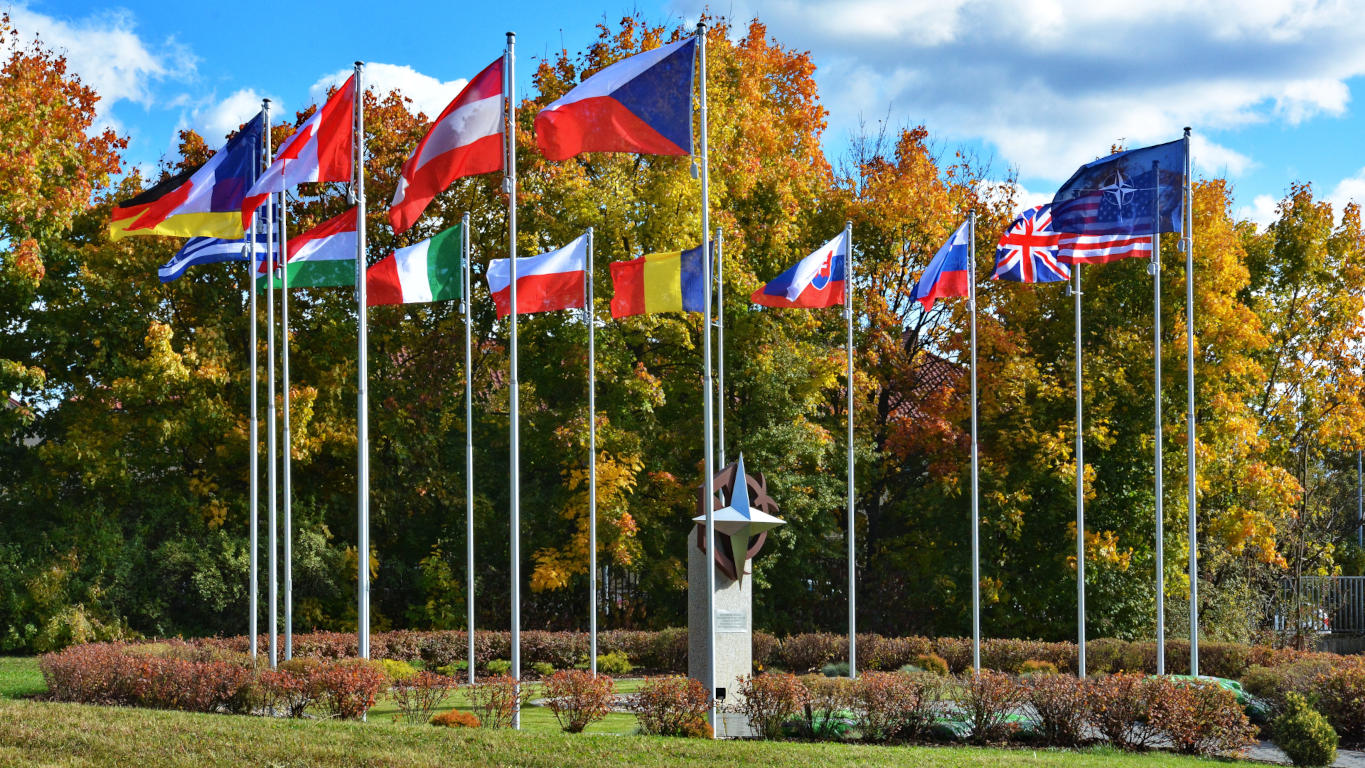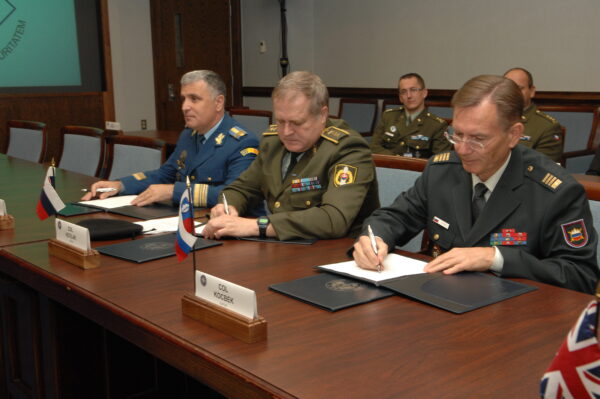History
-
-
-
2008
Poland joined the JCBRN Defence COE
-
2010
Hungary joined the JCBRN Defence COE
-
2011
USA joined the JCBRN Defence COE
The Signing Ceremony took place in Brussels, where all Military Representatives of the current Sponsoring Nations and the Allied Command Transformation representative signed the Notes of Joining.
-
-
2016
Austria joined the JCBRN Defence COE
In August Austria, the first PfP (Partnership for Peace) nation, joined the JCBRN Defence COE.
-
2018
Canada joined the JCBRN Defence COE
The 14 December 2018 was another important day in the Joint Chemical, Biological, Radiological and Nuclear Defence Centre of Excellence history as Canada became a new member of the Centre.
Leadership
Member nations
Sponsoring nations














Outreach
Whilst transformational and operational support is reflected within the organizational structure of the JCBRN Defence COE, the activities related to Outreach are cross functional.
The outcome of conducting Outreach in general is to federate relevant international organizations, approved partners and appropriate Centres of Excellence to anticipate and respond to CBRN incidents.
Outreach encompasses five focus areas:
- Military/Civil Partnering reflects the JCBRN Defence COE’s recognition of the enduring requirement and growing demand for military and civilian CBRN defence cooperation. Aspects of this cooperation include pre-crisis preparation, post-crisis recovery, readiness, exercises, and insights regarding political and legal influences.
- Partner Development reflects the JCBRN Defence COE’s ongoing efforts to partner with International Organizations (IO) and Non-Governmental Organizations(NGO), International Governmental Organizations (IGO), Nations and institutions who have shown an interest and are committed to furthering the development of their CBRN defence capabilities.
- Organizational and Institutional Alignment has been a JCBRN Defence COE priority since its inception. As the assessed risks of CBRN threats continue to raise, functional alignment with key stake-holders and organizations with shared associated purpose will become even more important in the upcoming years.
- European Union (EU). Close cooperation with the EU, its bodies, projects and programme such as Horizon 2020 (Europe) by successfully completing eNOTICE Project by 2023, using the EU Community of European Research and Innovation for Security (CERIS) events on a regular base in order to intensify closer cooperation and identify future common projects. Furthermore, coordinate with the EU CBRN Centre of Excellence Initiative and identify possibilities of close cooperation and mutual support.
- Industry & Science. Establish and further develop cooperation with CBRN related industry and scientific institutes in order to facilitate development of Strategic Foresight Analysis, Artificial Intelligence and enhancing the CBRN Reachback Secondary Network.







